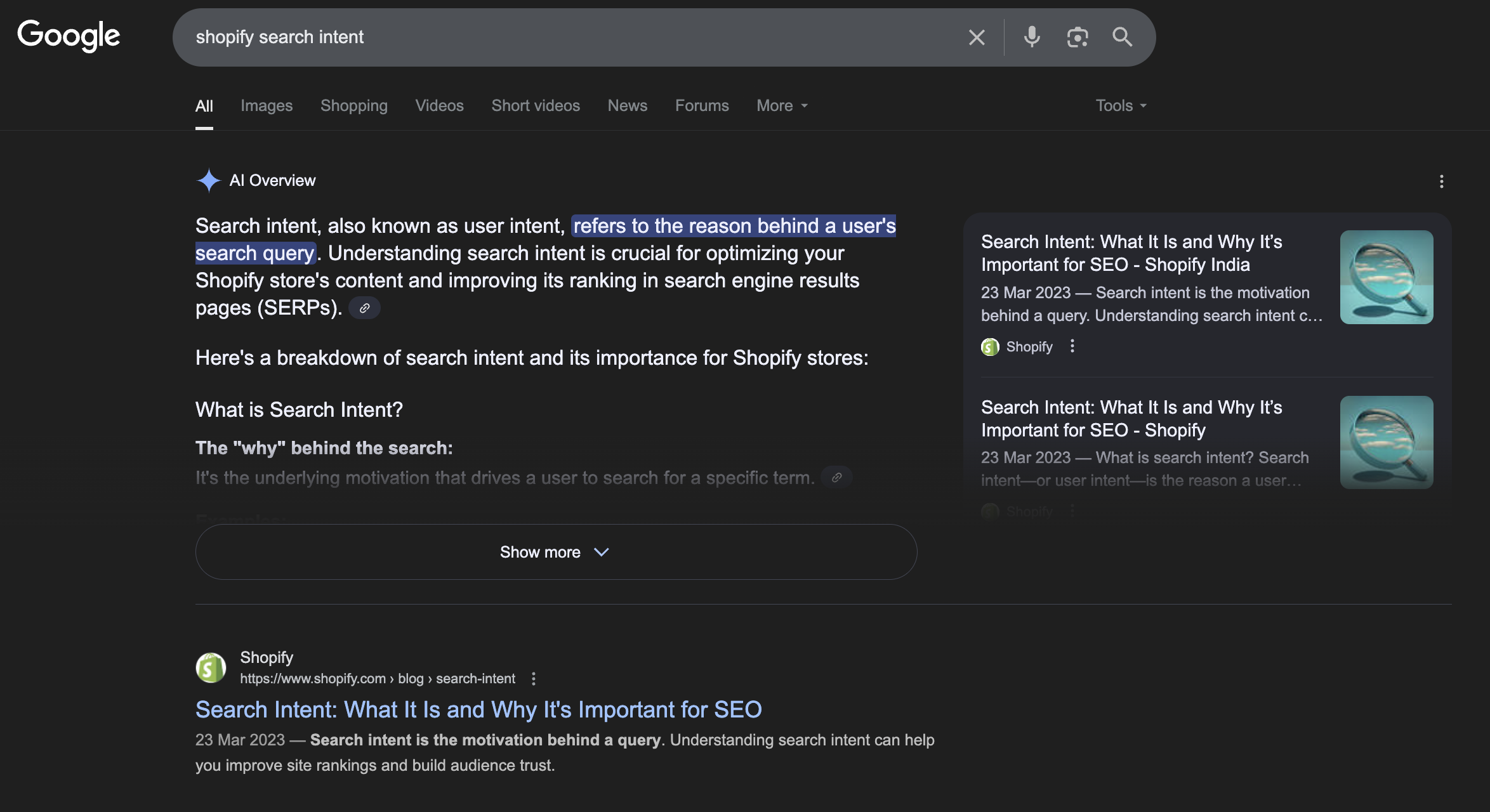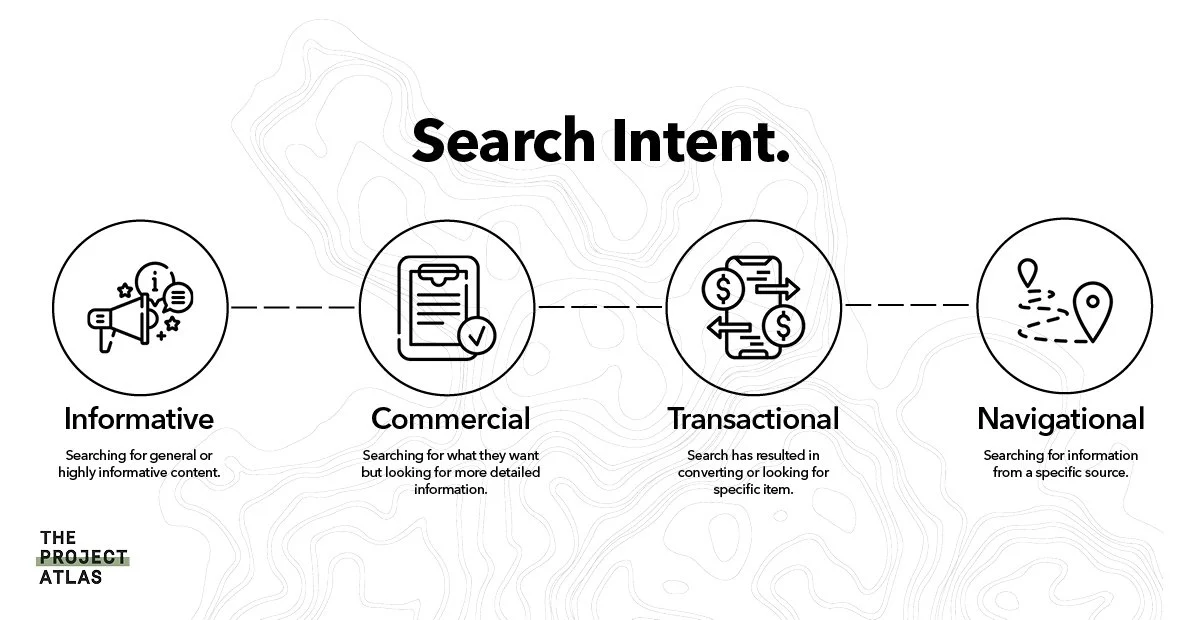The Rise of Search-Intent Clustering for Shopify Content — Beyond Keywords
Ever feel like you’re publishing endless collections, product pages and blog posts, but they’re just not ranking, or worse, they’re attracting the wrong visitors? That’s because SEO has moved beyond keywords. Recent shifts in algorithms have pivoted to be all about understanding why someone searches, not just what they type. This is called search intent, and Shopify stores that master it with content clusters are driving more traffic and sales than ever before.
What is Search Intent, and Why Does It Matter?
Search intent is the reason behind a user’s query. Are they looking to buy, research, compare options? For example:
Transactional intent: “Buy vegan leather backpack”
Informational intent: “Are vegan backpacks durable?”
Navigational intent: “Matt & Nat backpack reviews”
When your content aligns with intent, your visitors are happier and search engines reward you with higher rankings.
What is Search-Intent Clustering?
Search-intent clustering means organising your content around related groups of questions and needs your customers have, instead of random standalone pages. Imagine your main pillar page is “The Ultimate Guide to Backpacks.” Around that pillar page, you create supporting cluster pages like:
“How to clean a leather backpack”
“Best backpacks under $100”
“Difference between vegan leather and faux leather backpacks”
You interlink these pages so search engines can see them as a content hub, signaling you’re an authority on backpacks.
Why Shopify Stores Need Search-Intent Clusters
Shopify sites often suffer from duplicate product descriptions and thin content that fails to build authority. Clusters fix that by:
Giving you more chances to rank for long-tail keywords searched by highly qualified users
Answering real customer questions that people are actually looking for
Keeping shoppers on your site longer
Helping search engines understand your topical expertise
In competitive eCommerce niches, clusters can be the difference between page 10 and page 1.
How to Build Search-Intent Clusters on Shopify
Research Buyer Intent
Use tools like Google’s “People also ask”, Semrush, or Ahrefs to find what questions your ideal customers are asking.
Analyse competitor articles for content gaps that you can build upon.
Create Pillar Content
Write a comprehensive guide addressing a broad topic with transactional potential.
Example: “The Complete Guide to Buying Running Shoes Online.”
Develop Cluster Content
Create 5 to 10 supporting articles tackling narrower, specific intents like “Best running shoes for flat feet” or “Running shoes vs. cross trainer shoes.”
Interlink Pillar & Cluster Pages
Link from cluster → pillar and pillar → cluster to create a connected structure.
This helps distribute authority and improve crawlability.
Track & Optimise
Use your sites Google Search Console to monitor performance for your cluster topics.
Update or expand cluster pages based on what’s driving impressions but not clicks.
Common Mistakes to Avoid
Keyword cannibalisation: Don’t create multiple pages targeting the exact same intent; they’ll compete against each other.
Thin content: Avoid 200-word cluster articles; aim for in-depth answers.
Ignoring internal linking: If your clusters aren’t connected, search engines won’t see them as a hub.
Business Benefits of Intent Clusters
Intent clusters can dramatically increase your chances of ranking for dozens of relevant long-tail keywords, positioning you as an authority in your area. Intent clusters also attract more engaged visitors, leading to higher conversion rates and increasing the average time on site and pages per session, all of which are key engagement signals for SEO.
Search-intent clustering is the future of eCommerce SEO. By organising your Shopify store’s content around what your customers actually want and why, you’ll stand out from competitors still stuck in the outdated keyword game. If you’re ready to start clustering today, and watch your traffic (and sales) climb get in contact with us for a chat to see how we can turn your scattered content into a powerful, revenue-driving cluster strategy.
FAQs
Do I need to rewrite my product pages?
Not necessarily but you should link your product pages within your cluster articles and consider adding more context or enriched data with Schema FAQ markup.
How long does it take to see results?
Typically anywhere between 1–3 months to see noticeable improvements, but results compound over time as your topical authority grows.
Can I build clusters without a blog?
You can however it’s much harder as a blog or content section on Shopify makes clustering significantly more effective.


